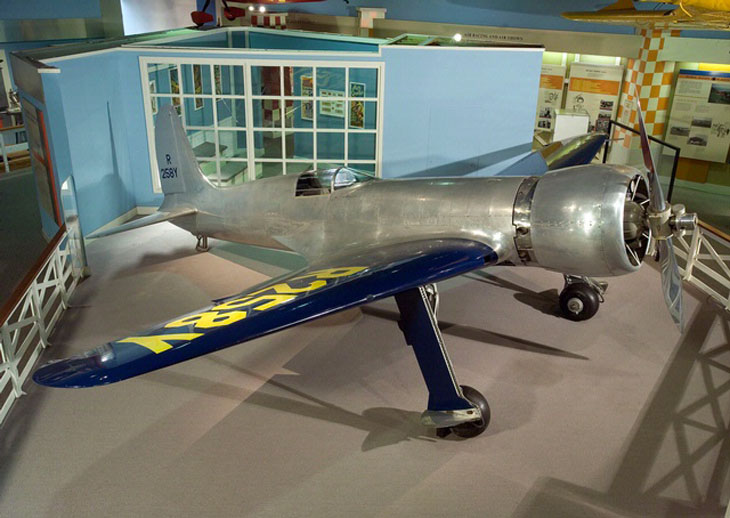
Credit: National Air and Space Museum, Smithsonian Institution
The Hughes H-1 racer, designed by Howard Hughes and Richard Palmer, was developed to be the fastest landplane in the world. On September 13, 1935, Hughes achieved this design goal by flying the H-1 to a new world speed record of 567 kilometers (352 miles) per hour. The H-1 fuselage is made of bare aluminum.
Categories:
Structures & Materials
